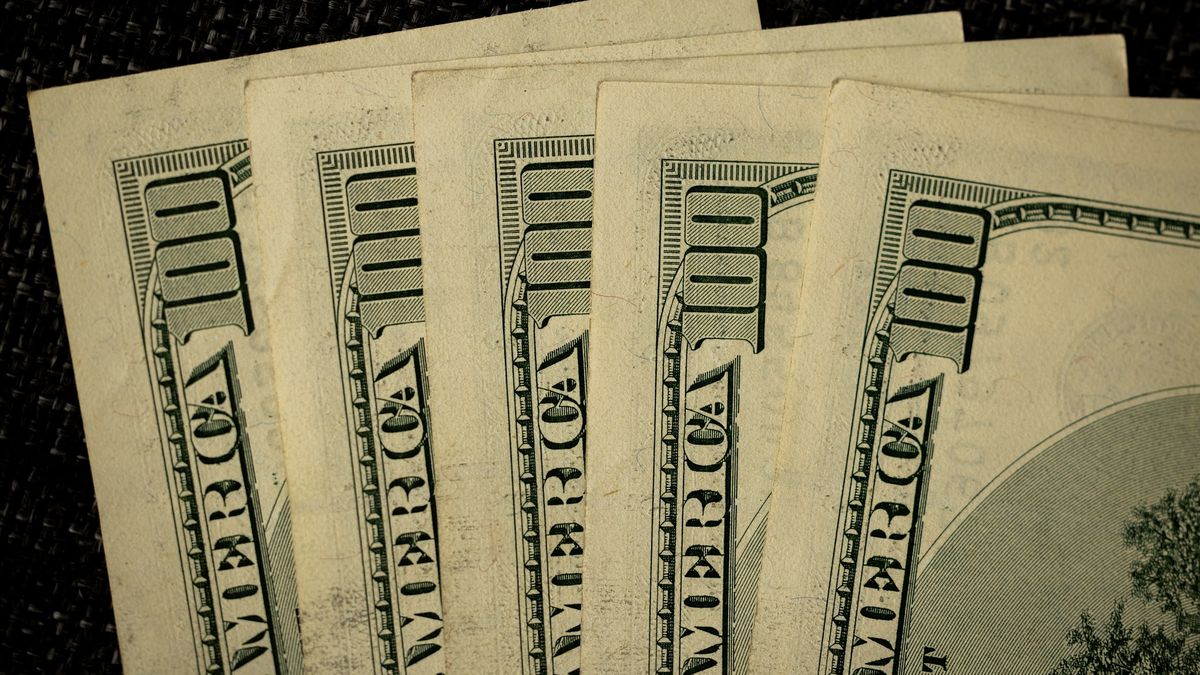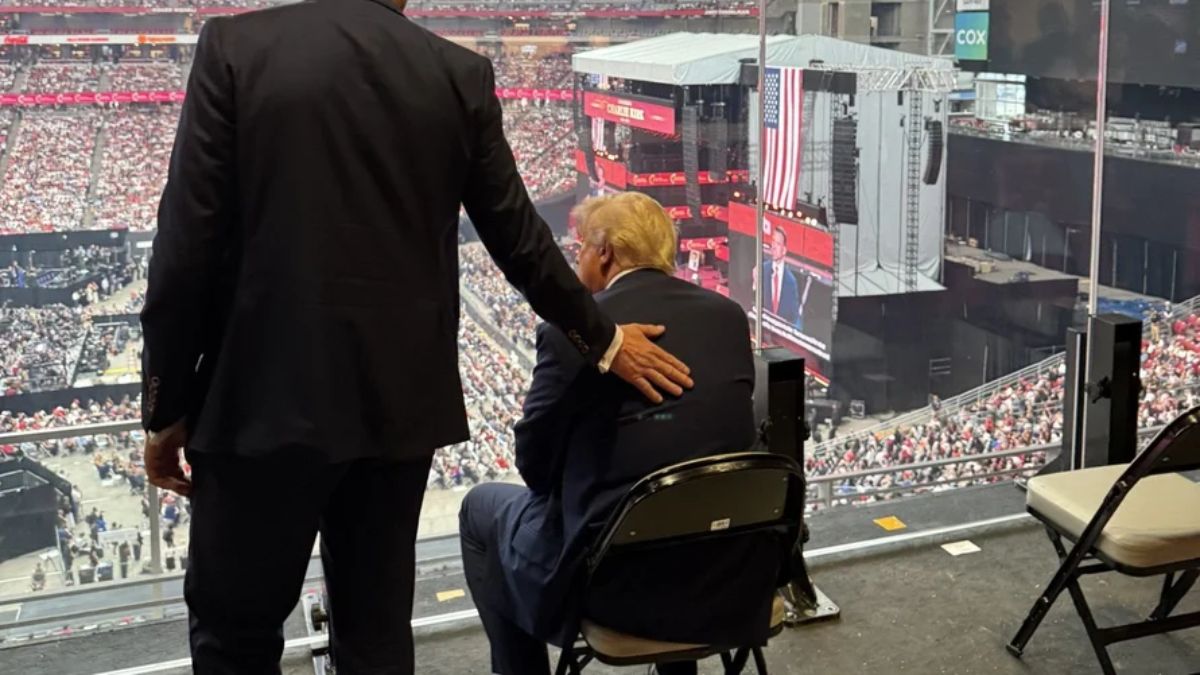In the “regulated” version, on the contrary, the stock market dollars registered advances: the CCL rose 3.1% to $ 189.77 and the MEP rose 2.3% to $ 188.16. The gaps with the official stand at 89.2% and 87.6%, respectively.
From the Abeceb consulting firm, “this context of extreme political uncertainty a few days before the legislative ones, and in an economy that drags macroeconomic imbalances of magnitude, is reflected in the foreign exchange / financial market: the blue dollar exceeds $ 200 (with free CCL dollars close to $ 220), a very high and unsustainable exchange gap above 100%, investors moving to dollar link funds to hedge against a possible devaluation jump, companies rapidly paying off their hard currency loans (-9.3% net loans fell from late September and -3.9% only in 5 days of November) “.
For Abeceb, “these numbers are not surprising: First, because the absence of a political anchor for expectations is compounded by the lack of a fiscal, monetary and exchange rate anchor (in a context in which it is expected that the Central will soon have to change the exchange rule that has been applying to devalue below inflation) “.
In the second place, he added, “because the electoral plan (silver plan in the pockets) and the fiscal seasonality typical of this time of year feed the exchange pressure: $ 500 billion have already been issued to fund the treasury from the STEP, the effective inflation and expected exceeds 50% per year and we accumulate a real appreciation of the peso of 15% so far this year “.
Official dollar
The The dollar today rose six cents this Monday to $ 105.88 -without taxes-, according to the average of the main banks in the financial system. In turn, the retail value of the US dollar rose 25 cents to $ 105.50 at Banco Nación.
The savings dollar or solidarity dollar -which includes 30% of the COUNTRY tax, and 35% to Profit account- advanced 10 cents to $ 174.70.
The wholesale dollar rose five cents to $ 100.27, under the strict regulation of the BCRA, on a day with an interesting trading volume in which it operated with greater fluctuation but always within the parameters set by official regulation. The official interventions were correcting the evolution of prices and accommodating them on the end at a level slightly higher than at the end of the previous Friday.
The highs were noted shortly after the start of the wheel at $ 100.32, nine cents above the previous end. Demand was once again active in the development of operations, in the first tranche of the session, holding the price at the initial level until the appearance with more intensity of the Central Bank. Official sales and a slight recovery in supply corrected the initial level with drops that stopped at the minimum of $ 100.25. A small recovery in demand in the last part of the day accommodated prices at the value exhibited at today’s close.
The beginning of the week after the legislative elections presented a soft correction in the wholesale exchange rate, unthinkable due to its low magnitude by market analysts.
“The adjustment arranged for today is the lowest for a beginning of the week since October 19, 2020 and seems to be a signal to the market that indicates that the current policy of administration of the prices of the dollar remains unchanged, at least in this section of November “, highlighted the analyst Gustavo Quintana.
The assistance to demand in the market from the Central Bank was reduced compared to last Friday’s intervention, but it maintains the negative bias of the month, which today reaches US $ 682 million in net sales.
Strong decline in the future dollar
The terms showed strong drops from 1% at the end of the month, to 2.5% in April 2022. In this way, November ended operating with a rate of 20.38% and December of 39.80%.
“The Monetary authority devalued very little and scared ROFEX that it was very bought. The strategy of giving volatility to the exchange rate to discourage hedging is valid, but not to eat the ‘lack of sending’: Today the BCRA lost another US $ 60 million and Barclays bank said that the agreement with the IMF is still far away, “said economist Tomás Ruiz Palacios.
Source From: Ambito
David William is a talented author who has made a name for himself in the world of writing. He is a professional author who writes on a wide range of topics, from general interest to opinion news. David is currently working as a writer at 24 hours worlds where he brings his unique perspective and in-depth research to his articles, making them both informative and engaging.




